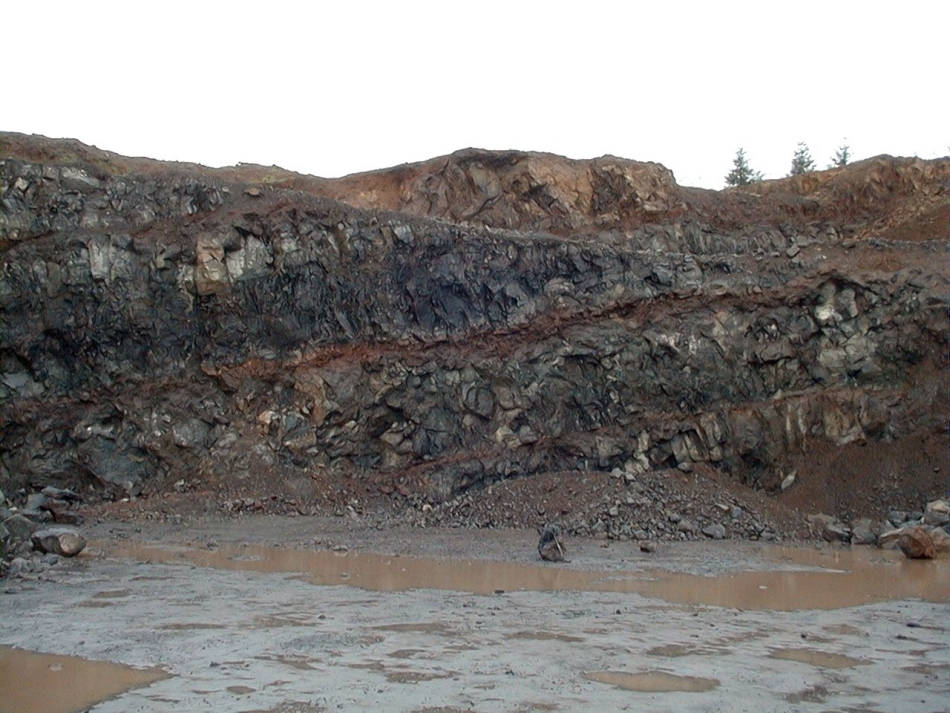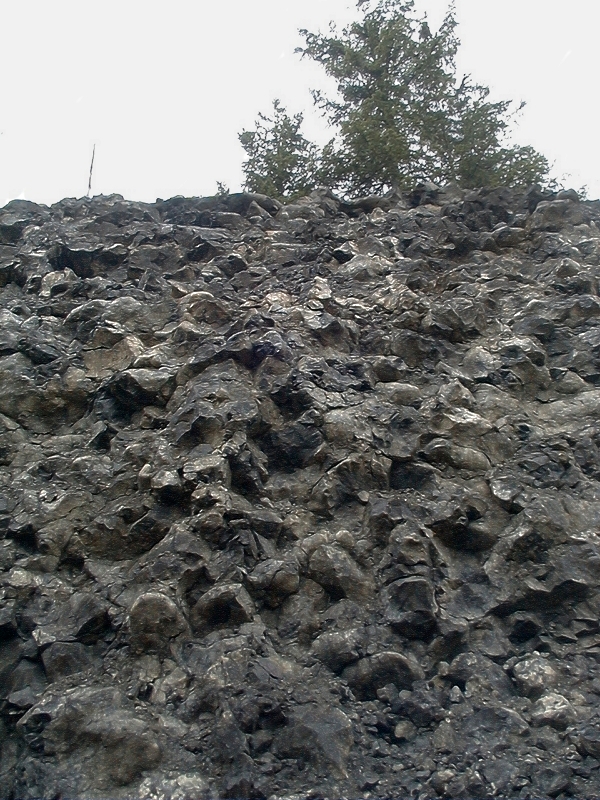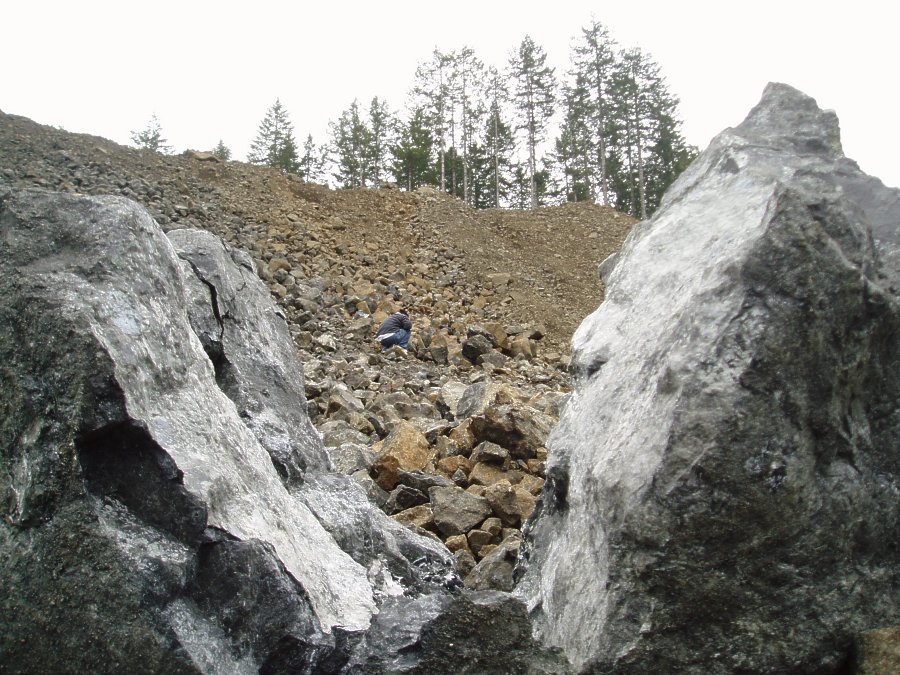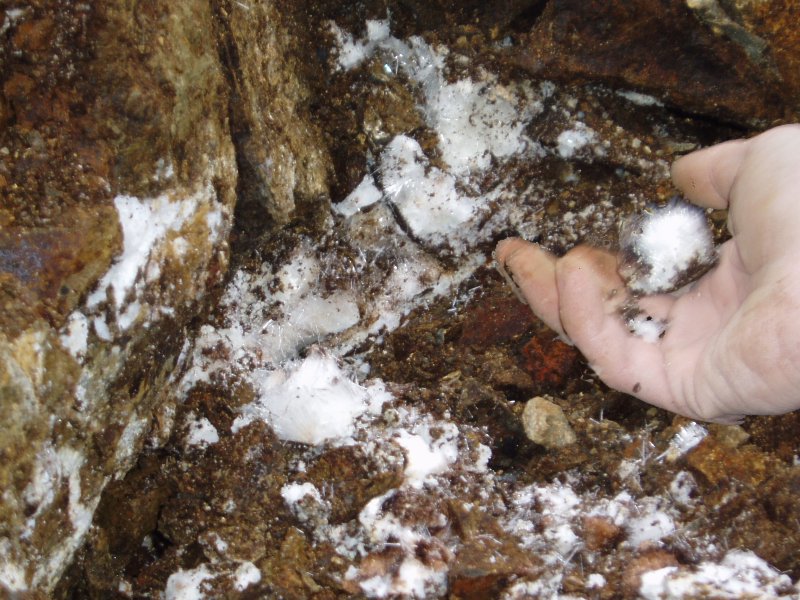|
UNDER CONSTRUCTION as of 7/1/2012 |  |
Crescent Formation - Late Paleocene to middle Eocene (62-48 Ma[million years ago]). The Crescent Formation is comprised of a large volume of submarine/subaerial basalt. The Crescent basalts are among the oldest basalts in this region and makeup the basement of the Coastal range. Babcock et al. (1992) concluded that the Crescent Formation basalts erupted into a subsiding rift basin along the western coast approximately 60 Ma. Exposure of the Crescent Formation can be found as a continuous swath defining the northern, eastern, and southeastern edge of the Olympic Peninsula. Based on gravity studies, the Crescent Formation is thought to extend eastward beneath the Puget Sound to Seattle. Most of the Crescent Formation, especially on its eastern edge, is covered with Quaternary glacial till deposits.
Two main types of basalt flows can be found within the Crescent Formation, those that erupted above water (subaerial basalt flows), and those that erupted at shallow depths within the ocean (submarine basalt flows). See below for more details.

Subaerial Basalt Flows- cross section of multiple stacked basalt flows. Red/orange zones are the oxidized tops of flows. Zeolite mineralization occurs at the base of flows (directly above oxidized zones). Backpack and crowbar for scale.


Submarine Basalt Flows- Pillow basalts of the Crescent Formation (above). Zeolite mineralization occurs as cavity fillings in the centers of individual basalt pillows. Open voids are common at the centers of pillows likely due to the coalescence of vesicles (exsolved gases) when the lava pillows cooled and solidified from their rims towards their cores. Another possible explanation for the interpillow voids is the draining of the lava from the interior of the lava pillows during eruption. Subsequent infiltration of hydrothermal solutions into these cavities during zeolite facies metamorphism allowed for the precipitation of minerals such as natrolite and calcite. Click on the small image to see an animation of basalt pillows forming today off the coast of Hawaii. (Video footage from the movie "Pele Meets the Sea" courtesy of Richard Pyle at Lava Video Productions USGS Volcano Hazards Program).

View of quarry through a meter scale split basalt pillow. Unfortunately, this large pillow is nearly void of mineralization.
Photograph: Annie VanEngelen 2/06

Collapsed natrolite pocket resulting from quarry operations. Natrolite is very delicate and clusters will be severely damaged if the pocket collapses.
Photograph: Annie VanEngelen 2/06
